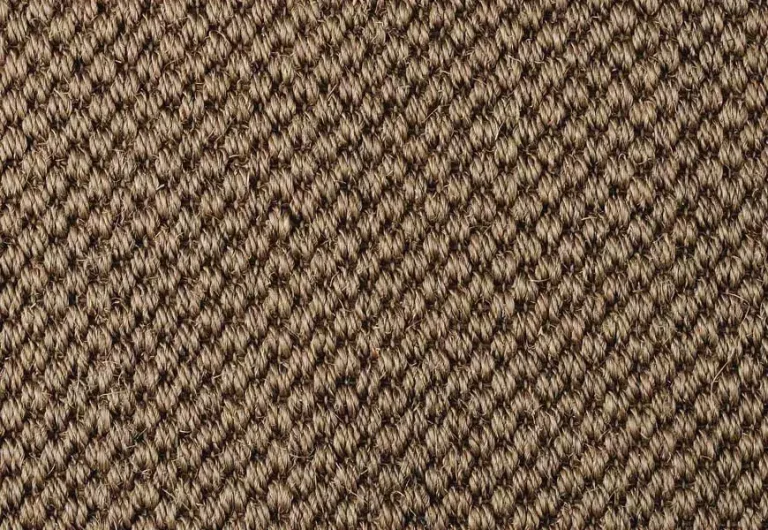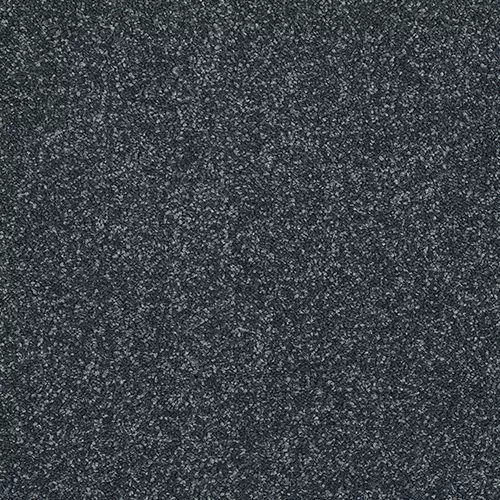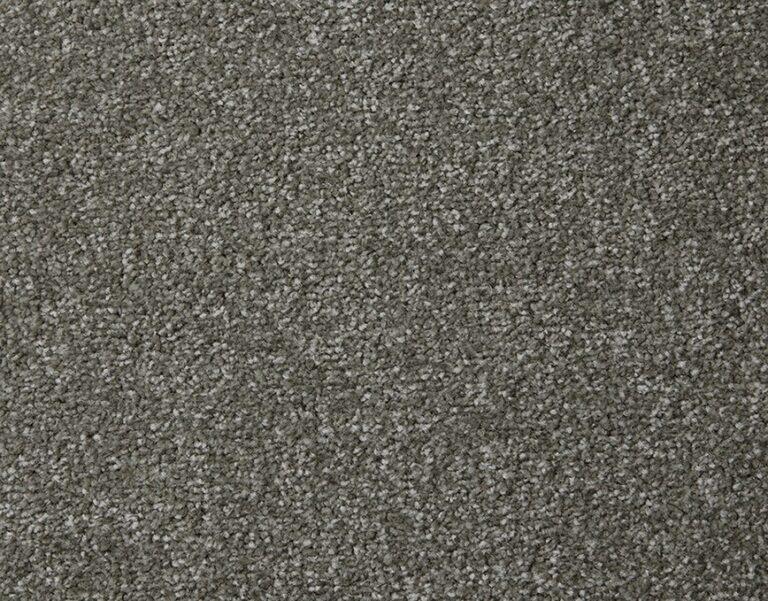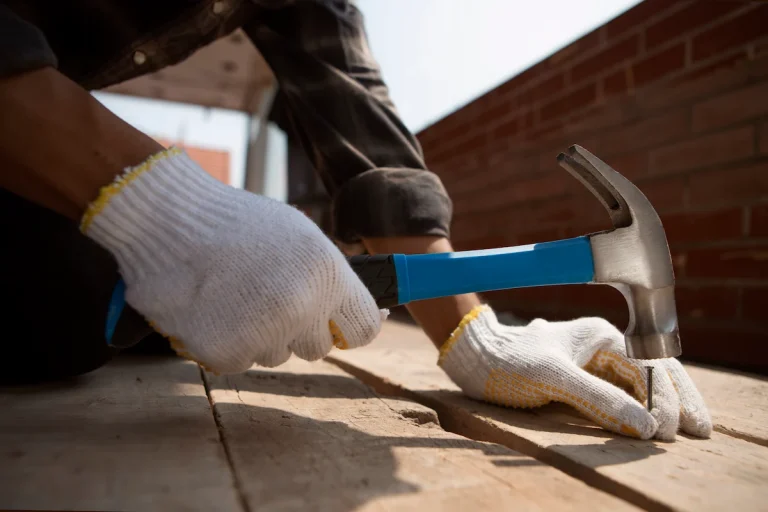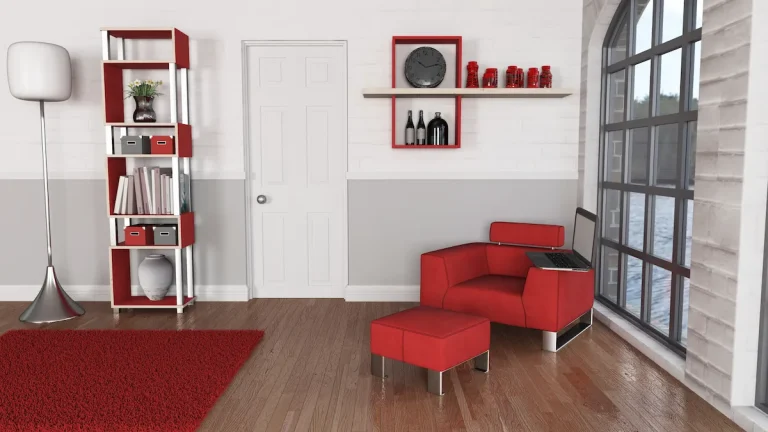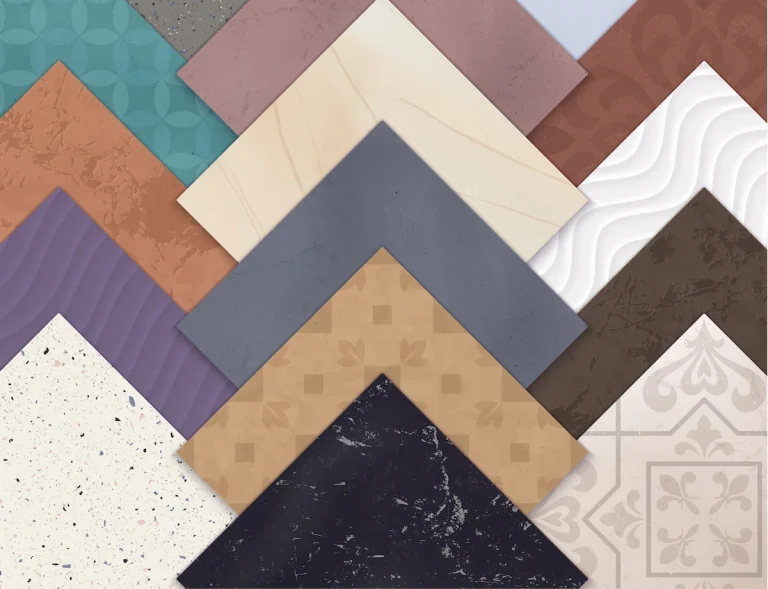Installing carpet on a concrete floor may appear to be a challenging task; however, with appropriate preparation and techniques, including the use of specific installation tools like a carpet knife and knee kicker, one can successfully transform the space into a comfortable environment. So, how to put carpet on concrete?
This guide outlines the essential steps involved, including assessing moisture levels with moisture detection tools, ensuring a clean surface, and selecting the ideal carpet and underlay. Furthermore, it provides practical tips for a seamless installation process, such as using a carpet gripper and tack strip for proper fitting, and offers maintenance advice to preserve the appearance of the new carpet. Whether the objective is to carpet a basement or to refresh an existing room, this guide serves as a comprehensive resource, even for those engaged in DIY projects looking to enhance their flooring experience.
How To Install Carpet on Concrete
Installing carpet on concrete is a great way to transform your space, adding warmth, comfort, and style.
1. Preparing the Concrete Floor for Carpet Installation
Preparing the concrete floor for carpet installation is an essential step that guarantees a successful and durable flooring solution. During this process, both homeowners and professionals must give careful consideration to factors such as moisture issues, the levelness of the concrete floor, and the overall condition of the surface.
By conducting a comprehensive preparation of the room, which includes assessing potential flooring challenges and utilising appropriate tools and materials, one can establish an optimal environment for carpet installation. This, in turn, contributes to improved durability and aesthetics in the space.
2. Check for Moisture and Levelness of the Floor
Before commencing carpet installation, it is imperative to assess the moisture levels and the evenness of the concrete floor, as excessive humidity can result in significant damage over time.
Monitoring moisture levels is essential, as high humidity not only undermines the durability of carpets but can also contribute to the development of mould and other health-related issues. A straightforward approach involves using a moisture meter to evaluate the condition of the concrete. It is crucial to ensure that the moisture content remains within acceptable limits to facilitate a successful installation.
Additionally, inspecting the area for any signs of water damage or dampness can provide valuable insights into potential concerns.
Equally important is the assessment of the evenness of the concrete floor. Any inconsistencies can hinder proper adhesion and lead to uneven wear of the carpet. Using a level or a straightedge to examine the surface will allow for the identification of imperfections, which should be rectified using an appropriate levelling compound. This process establishes a solid foundation, significantly enhancing the durability and performance of the flooring.
3. Clean and Dry the Concrete Surface
Cleaning and drying the concrete flooring surface is a critical step in the preparation process for carpet installation, as any dirt or debris present can hinder adhesion and potentially result in moisture-related issues.
To achieve a successful installation, it is imperative to select effective cleaning methods that are tailored to the distinct characteristics of concrete. Employing a combination of cleaning solutions and tools can significantly enhance the overall cleaning process.
The following methods are recommended:
- Pressure Washing: This technique effectively eliminates stubborn dirt and grime, making it particularly suitable for outdoor spaces.
- Degreasers: In areas affected by oil stains, the application of a degreaser followed by thorough scrubbing can yield excellent results.
- pH-Neutral Cleaners: These gentle formulations preserve the integrity of the concrete while ensuring that it remains free from residue.
Following the cleaning process, it is essential to allow the surface to dry completely. This step not only facilitates proper adhesion for the carpet but also mitigates moisture-related complications, such as mould growth or adhesive failure. Ensuring that the cleaned area is dry will lay the groundwork for a seamless and durable carpet installation.
4. Fill in Any Cracks or Holes
Filling any cracks or holes in the concrete floor is essential for creating a smooth and even surface for carpet installation, as any imperfections can lead to complications with carpet seams and overall durability.
When undertaking this critical task, several methods can be employed to ensure a flawless finish. Using a leveling compound is a widely accepted approach, as it offers excellent adhesion and effectively fills larger gaps, ensuring the flooring surface is ready for carpet installation. Patching compounds can be used to address smaller cracks with precision. For those considering self-levelling products, it is important to adhere to the recommended guidelines to achieve optimal results.
- Levelling compounds provide a continuous, smooth layer.
- Patching compounds are ideal for addressing smaller imperfections.
- Using self-levelling options can save time and effort.
Addressing these minor flaws in advance not only enhances the aesthetic appeal but also significantly contributes to the longevity and performance of the flooring, supporting carpet durability. Ultimately, this preparation ensures a successful carpet installation.
5. Lay Down a Moisture Barrier
Do you need underlay for carpet on concrete floors? Laying down a moisture barrier is a critical precaution when installing carpet over concrete, as it serves to protect against potential moisture issues that may arise from the concrete slab.
It is essential to understand the various types of moisture barriers available for this purpose. Typically, there are three main types:
- Polyethylene sheets – These are widely used due to their effectiveness and cost-efficiency. They provide a reliable means of blocking moisture from seeping into the carpet.
- Foam underlay – This option not only functions as a moisture barrier but also offers additional cushioning and insulation, making it a preferred choice for enhancing carpet durability.
- Vinyl membrane barriers – Although slightly more expensive, these barriers provide superior moisture protection and are particularly effective in areas with high humidity.
For proper installation of these moisture barriers, it is important to ensure that the concrete surface is clean and dry. The barrier should be laid evenly across the concrete, with seams overlapping to prevent any gaps, and secured in place with tape.
By utilising an effective underlay barrier, one can significantly mitigate moisture intrusion, which is vital for maintaining the integrity and longevity of the carpet.
How tp Choose the Right Carpet and Underlay
Selecting the appropriate carpet and underlay is essential for obtaining an effective and comfortable flooring solution, particularly when installing carpet over concrete.
The choice of specific carpet types and underlay materials can significantly influence both durability and comfort.
Selecting the Type of Carpet Suitable for Concrete Floors
Selecting the appropriate type of carpet for concrete floors necessitates careful consideration of several factors, including durability, traffic wear, and the fibres used in the carpet’s construction. Understanding these aspects is essential, as the right decision not only enhances the aesthetic appeal of the space for aesthetic reasons but also significantly affects the longevity and maintenance of your flooring investment.
Among the available options, synthetic carpets, particularly those made with Olefin fibre, are noteworthy for their remarkable ability to endure high-traffic areas while retaining an attractive appearance.
- Durability: Olefin exhibits resistance to stains and moisture, making it particularly suitable for environments with heavy foot traffic.
- Aesthetics: These synthetic carpets are offered in a variety of colours and patterns, allowing them to complement various design schemes.
- Maintenance: Unlike natural fibres, synthetic options require less upkeep, facilitating easy cleaning and maintenance—an especially important consideration for spaces with concrete flooring.
Choosing the right type of carpet can enhance not only the visual appeal but also the functionality of areas subjected to frequent use, ensuring they withstand both environmental elements and everyday wear, especially in heavy traffic areas.
Determining the Necessary Underlay for Concrete Floors
Determining the appropriate underlay or underpad for concrete floors is essential, as it enhances comfort and provides insulation against moisture, thereby extending the lifespan of the carpet over time.
When considering carpet underlay, it is important to explore the various options available in the current market. Among these, foam, felt, and rubber underlay are notable for their distinct properties and suitability for different environments.
- Foam Underlay: This option is ideal for softer flooring, providing excellent cushioning and is commonly used in residential spaces for added comfort, especially when combined with carpet padding.
- Felt Underlay: A denser alternative that offers greater durability, making it particularly beneficial for high-traffic areas due to its strong carpet backing.
- Rubber Underlay: Renowned for its sound-dampening qualities, this type is particularly suitable for spaces where noise reduction is a priority.
Choosing the appropriate type of underlay necessitates an evaluation of the specific needs of the room, including traffic levels and moisture exposure. By selecting the proper underlay, one can achieve optimal support and comfort, significantly enhancing the overall performance and longevity of the carpet, thereby making it a prudent investment.
How to Put Carpet on Concrete
Before starting, it’s crucial to complete room preparation and evaluate different flooring options to ensure a successful installation.
Installing carpet on concrete requires adherence to a series of essential installation procedures that guarantee a secure and visually appealing outcome, taking into account potential moisture problems.
The process begins with accurately laying out the carpet and cutting it to size using a carpet knife. Consider using carpet tiles for intricate areas. Subsequently, the installation involves the use of tack strips and securing the edges to enhance both durability and performance.
Laying Out the Carpet and Cutting it to Size
This step includes considering carpet choice and carpet colors to match the room’s decor.
Laying out the carpet and cutting it to size requires precise room measurements and careful use of installation tools, such as a carpet knife, to ensure an impeccable fit. Proper project management is crucial at this stage.
Accurate dimensions are essential, as even minor discrepancies can result in significant complications during the installation process. When measuring the room, it is advisable to take multiple measurements to account for any irregularities in the walls or floor. Utilising a laser measuring device can yield heightened precision, while a conventional tape measure is also adequate for most spaces. Carpet fibers should also be considered to ensure the best fit.
Once the measurements have been confirmed, strategically laying out the carpet is important to minimise seams. The following recommendations may be beneficial, especially if using synthetic fibres:
- Select the carpet width that aligns with the dimensions of the room to reduce unnecessary seams.
- Plan the layout in such a way that seams are positioned in low-traffic areas, rendering them less noticeable.
In terms of cutting the carpet with a carpet knife, it is imperative to ensure that the blade is sharp to achieve clean edges, which is crucial for trimming carpet. Always cut on the backing side, as this attention to detail enhances the overall appearance. Approaching the fitting process with care will contribute to a smoother finish.
Employing proper seaming techniques and a meticulous fitting approach is essential for achieving a high-quality installation that appears professional and endures over time. Seek professional help if unsure about any installation steps.
Attaching the Carpet to the Tack Strips
Consider flooring advice for best practices in using tack strips.
Attaching the carpet to the tack strips is a crucial aspect of the carpet installation process, providing a secure fastening that helps maintain the carpet’s position and prevents movement, enhancing carpet protection.
Properly engaging the carpet with tack strips requires meticulous attention to detail and the application of effective techniques. To begin, lay the carpet over the tack strips and ensure it is evenly distributed across the room. Using a knee kicker is an efficient method for stretching the carpet; position it against the carpet edge and apply a firm kick to push the textile towards the tack strips. This is particularly important when using olefin face fibre for its durability.
- Once stretched, press the carpet firmly onto the strips.
- It is important to maintain tension to prevent sagging.
This step is essential not only for aesthetic purposes but also for ensuring durability and longevity. A snug fit minimises the risk of wrinkles and wear, thereby preserving the integrity of the flooring over time, which is crucial for carpet maintenance.
Securing the Edges of the Carpet
Securing edges properly can prevent damage to baseboards.
Securing the edges of the carpet is crucial for preventing fraying and maintaining a clean appearance, especially in the context of carpet seams.
The integrity of a properly installed carpet is significantly influenced by the techniques employed to secure these edges, which can enhance both aesthetics and durability. One of the most effective solutions is the use of seaming tape, which creates a bond that keeps the carpet tight and free from gaps. Alternatively, various adhesive options can be applied along the seams to reinforce stability. Specifically, the use of high-quality double-sided adhesive tape can contribute to achieving a polished, seamless appearance while minimising the likelihood of lifting at the edges.
When utilising seaming tape, it is essential to ensure that the carpet edges are aligned correctly. Additionally, the surface beneath should be clean and dry to promote optimal adhesion. Effectively managing seams involves using a carpet seam roller, which presses the seams down, making them less visible.
By selecting the appropriate methods, which may include using Polyfilla to fill any gaps, one can achieve a professional finish throughout the entire room.
Trimming Excess Carpet and Finishing the Edges
Trimming excess carpet and finishing the edges constitutes the final step in the installation process, ensuring a professional appearance. This can be effectively accomplished using a carpet knife for precise cuts, which is essential for proper carpet fitting.
To achieve clean and neatly aligned carpet edges, it is essential to gather the appropriate tools and employ proper techniques. Utilising a straight edge or a square can serve as a guide for cutting, ensuring accuracy. Additionally, a pair of sharp utility scissors can be valuable for detailing smaller areas that the knife may not reach effectively.
- Benefits: A well-trimmed carpet not only enhances the aesthetic appeal of the space but also contributes to the carpet’s integrity over time, preventing fraying.
- Techniques: When cutting, it is important to maintain a steady hand and apply even pressure to achieve a clean line. Additionally, keeping the knife at an angle will help avoid damage to the underlying subfloor.
- Maintenance Tip: Regular inspections of the corners and seams are recommended to ensure the edges remain in good condition, which can significantly extend the lifespan of the carpet.
Investing the necessary time to properly complete this step can substantially enhance both the appearance and durability of the carpet, ensuring carpet cleaning and maintenance remain straightforward, providing a combination of beauty and functionality.
Tips and Tricks for Carpeting on Concrete
Exploring different flooring installation methods can yield better results.
When installing carpeting on concrete, employing specific strategies can significantly enhance the quality of the installation and extend the lifespan of the carpet. This includes selecting appropriate installation tools and incorporating carpet underlay to provide additional comfort, such as carpet cushioning, and durability.
Using Double-sided Tape for Extra Adhesion
Utilising double-sided tape during carpet installation can significantly enhance adhesion, ensuring that the carpet remains securely in place on concrete surfaces, particularly in high-traffic areas that are prone to wear and tear over time. The application of this tape can greatly improve the durability and longevity of flooring, thus providing assurance that the investment is well protected, which is essential for maintaining decorative carpets.
Moreover, the convenience of installing carpet with double-sided tape streamlines the process, making it quicker and less labour-intensive, which contributes to a more efficient overall experience.
Incorporating tack strips in conjunction with double-sided tape offers additional advantages by establishing a more stable foundation for the carpet. This combination effectively minimises the likelihood of wrinkles and lifting, resulting in a cleaner and more professional finish.
- Safety and Stability: The secure grip provided by the tape reduces the risk of slips and falls, making it especially beneficial for areas with frequent foot traffic.
- Easy Removal: Should there be a need to replace or clean the carpet, double-sided tape can be removed easily without causing damage to the underlying surface.
- Application Techniques: For optimal results, it is essential to ensure that the surfaces are clean and dry prior to tape application. The carpet should be stretched tightly over the tack strips, with firm pressure applied to the tape to establish a strong bond.
By adhering to these guidelines and employing double-sided tape alongside tack strips, individuals can ensure that their carpets remain securely in place, thereby enhancing both aesthetic appeal and functionality.
Applying a Sealant to Prevent Moisture Damage
Applying a sealant to the concrete floor prior to carpet installation is a proactive strategy aimed at preventing moisture damage and ensuring the longevity of the carpet.
This essential procedure not only protects the integrity of the flooring but also enhances the overall quality of the carpet itself. Various types of sealants are available, each designed to provide specific benefits in moisture protection. For example, epoxy-based sealants are recognised for their exceptional durability and resistance, while silicone sealants offer flexibility and superior adhesion to a variety of surfaces.
Furthermore,
- Polyurethane sealants deliver excellent waterproofing capabilities and are frequently preferred for high-traffic areas.
- Asphalt-based sealants are commonly utilised for outdoor applications, particularly where environmental exposure is a concern.
By selecting the appropriate sealant, one can significantly mitigate the risk of moisture intrusion, thereby directly contributing to the carpet’s durability and easing maintenance requirements. Additionally, using the right sealant can enhance the effectiveness of carpet padding and prevent wear over time.
Adding a Carpet Padding for Extra Comfort
Adding carpet underlay beneath your carpet can significantly enhance comfort, provide insulation, and contribute to the overall durability of the carpet, particularly when installed over concrete surfaces. The selection of appropriate carpet underlay not only extends the lifespan of the carpet but also markedly improves the overall ambiance of the room, making it feel cosier and more inviting. Choosing the right underlay requires an understanding of the various options available, including thickness, density, and material. Different types are designed to meet diverse needs and preferences, making it imperative for homeowners to assess their specific requirements before making a selection. For DIY enthusiasts, understanding these factors is crucial.
When exploring options for carpet underlay, it is essential to focus on several key factors:
- Thickness: Typically ranging from 6mm to 25mm, thicker underlay offers increased cushioning and sound absorption; however, it may not be suitable for all carpet types.
- Material: Common materials include foam, rubber, and fibre. Each material offers distinct advantages, with rubber providing exceptional durability and soundproofing, while foam is often more affordable and lightweight. Synthetic fibres and Olefin face fibre are also popular options, offering specific benefits in terms of durability and resistance to moisture.
- Density: Higher density underlay generally provides superior support and durability, making it a preferred choice for high-traffic areas.
The benefits of utilising quality carpet cushioning are numerous, including:
- Enhanced sound absorption to reduce noise transfer.
- Improved underfoot comfort, making spaces more inviting. Carpet padding plays a significant role in enhancing this comfort.
- Added insulation, aiding in maintaining optimal temperatures within the home.
By carefully considering these aspects, homeowners can select the appropriate type of carpet underlay that aligns with their needs and enhances their living environment.
Final Thoughts
In conclusion, successful carpet installation on concrete necessitates meticulous planning, precise execution, and ongoing maintenance to guarantee the durability and aesthetic appeal of the chosen flooring, regardless of the types or styles of carpet selected.
Maintenance and Cleaning Tips for Carpet on Concrete
Regular maintenance and cleaning are essential for preserving the appearance and longevity of carpet on concrete, ensuring it remains a comfortable and visually appealing flooring option.
To achieve this, it is imperative to adhere to a structured routine that encompasses both daily and weekly cleaning tasks. For instance, routinely vacuuming the carpets can effectively eliminate dirt and debris, while deep cleaning should be performed every few months to maintain a fresh appearance.
- Utilise a vacuum cleaner equipped with a beater bar to efficiently lift and remove dirt.
- Consider employing a steam cleaner or carpet extractor for more thorough cleaning, particularly for stain removal.
- Invest in high-quality cleaning solutions that are compatible with both carpet and concrete surfaces.
Implementing these practices not only prevents wear but also enhances the overall flooring experience, contributing to a more inviting and healthier living environment.
Troubleshooting Common Issues with Carpet on Concrete
Troubleshooting common issues associated with carpets installed on concrete, such as moisture concerns or the separation of carpet seams, is essential for preserving the carpet’s integrity and appearance over time.
When addressing carpet installations on concrete, it is crucial to recognise potential underlying issues that may jeopardise the carpet’s longevity. Moisture management is a vital factor in preventing mould growth, warping, and other forms of long-term damage.
By implementing effective moisture detection systems, homeowners can identify elevated humidity levels at an early stage. Strategies such as utilising moisture barriers during installation, ensuring adequate ventilation, and monitoring indoor humidity levels can significantly mitigate associated risks.
Regular inspections can help identify wear and tear at seams, facilitating timely repairs that ultimately enhance both durability and aesthetics.
- Prevention: Install effective moisture barriers.
- Detection: Utilise humidity sensors for ongoing monitoring.
- Maintenance: Conduct routine inspections and repairs of seams, using tools such as a carpet knife and seaming tape.
If you’re unsure about the process or want to ensure the best results, TEKA Flooring is here to help. Our team of experts offers guidance and can provide top-quality carpets, padding, and installation services. We take the time to ensure everything is done right, giving you a flawless finish and a durable, comfortable floor.
Ready to give your concrete floors a makeover? Contact TEKA Flooring today for all your carpet needs, and let us help you create the perfect space, with expert installation and high-quality materials that will stand the test of time.
Read also:


























